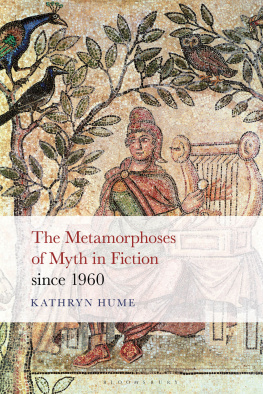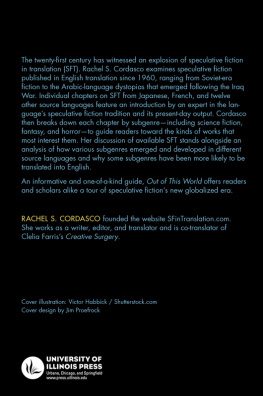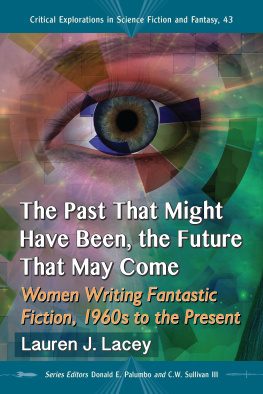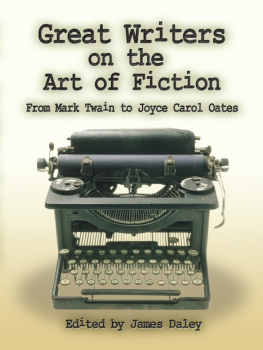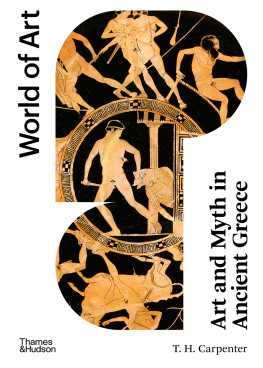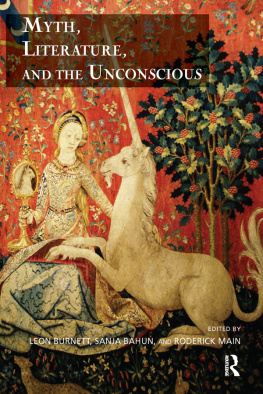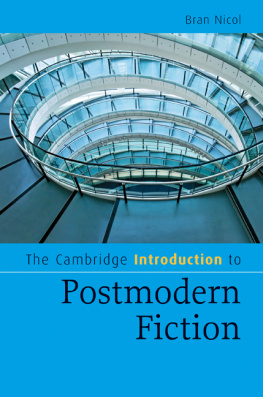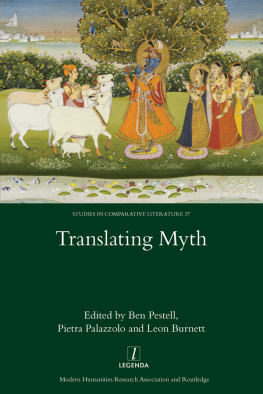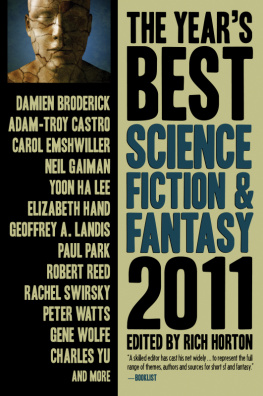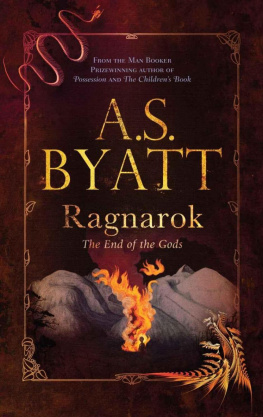The Metamorphoses of Myth in Fiction since 1960
For Delphi, Jervaulx, and Talisker
The Metamorphoses of Myth in Fiction since 1960
Kathryn Hume

Contents
Why should contemporary Anglophone writers use myths from ancient Greece and Rome, from Pharaonic Egypt, from the Viking north, from Africas west coast, and from Hebrew and Christian traditions? Some of those cultures are long gone, and even those stories still alive in current religions are not taken literally except by fundamentalists. What do these stories from premodern cultures have to offer us? In Norman Mailers Ancient Evenings , a dead young man listens to his equally dead great-grandfather plot how to survive in the Egyptian Duad, a postmortem realm of trials that annihilates most souls. A. S. Byatt recaptures anxieties of the Second World War through reanimating the stories of the Old Scandinavian Ragnarok. Exploiting somewhat different effects, William Gibson introduces the loa of Vodoun into cyberspace in Count Zero, and Toni Morrison and Gloria Naylor build emotional resonance with the myth of the flying Africans . Leslie Marmon Silko can rightly claim that Laguna culture still has believers, but presenting versions of their myths for Anglo readers raises many of the same artistic problems we see in the use of classical myth. What does myth permit writers of the contemporary era to do that they cannot achieve by other means? Why would writers find myths useful, given the dominant scientific materialism of our culture and the postmodern outlook of many serious readers, neither of which is very compatible with mythic thought?
Gods and mythic worlds clash rather obviously with scientific materialism. They do not even make much sense as validators of cultural patterns or relievers of anxiety if we do not belong to their particular culture. After all, the underworld invaded by Orpheus is hardly inviting, and in that form, it enjoys no current belief, so how could it do anything for a materialists fear of death? Writers using the symbolism of a living religion in their fiction can build on cultural knowledge: Judge Holden in Cormac McCarthys Blood Meridian may suggest satanic qualities to religiously aware readers; Zeus, Odin, and the Morrigan have a few neopagan worshippers, but such revivals do not give those gods credibility in the scientifically defined world. An invented cult cannot relate to the god as original worshippers might have. Hence, we need to look for artistic, and perhaps psychological and cultural, reasons for such mythological presences in recent literature.
Some writers do not even demand that myth have a religious origin or aura. They invent their own myth-like situations, identifiable as quasi-mythic because they involve actions normally part of a mythology, such as creation of a world or apocalypse or metamorphosis. Kathy Acker presents intense scenes where a nameless father, the daughter he abuses sexually, and a son have apparently brought a world into existence around them. Donald Barthelmes Dead Father claims to have created many features of our world. He does not behave much like a classical god, but he does slightly resemble a Native American trickster creator in his insouciant escapes and genital humor. Russell Hoban imagines the myths and rituals that might result from a nuclear war that pushed humanity back into pretechnological conditions. To complicate matters, some invented mythic figures seem to function as philosophical thought experiments: outside the Anglophone world, we find that Italo Calvinos Qfwfq and the other characters in his cosmicomical stories have no worshippers and are portrayed as Italian neighbors rather than as gods, but they bring about such cosmically important moments as the Big Bang and the first light.
Some literary uses of myth are identifiable by the presence of particular characters and their stories, such as Iphigenia or Aeneas, but some concern mythic situations and mythic worldsworlds in which multiple levels of reality exist and that are considered as real as the material world. Such non-tangible realities and other levels of existence almost always encode the possible existence of a soul or consciousness after the death of the body. Where those alternate levels were once Heaven and Hell or Olympus and Hades, for instance, in futuristic fiction they become worlds of virtual reality that exist in parallel to, but separate from our material world, or they become electronic worlds within the internet. As we increasingly combine our physicality with electronic and digital worlds, we transform ourselves into a new kind of creature, one that may even exist in multiple spaces simultaneously or in multiple forms. Metamorphosis thus reemerges as a master-trope of future fiction. The plurality of forms of consciousness it offers curiously merges with the postmodern congeries of subjectivities. We will see a postmodern form of this in the Egyptian novels of William S. Burroughs and Norman Mailer, and posthuman forms in Charles Strosss Accelerando and Rudy Ruckers Postsingular .
Fiction of the last half-century or so presents us with a surprising variety of god-like figures, heroes of legendary proportions, and mythological landscapes, and I would like to understand how these work artistically. Above all, in this book, I treat myth as an artistic tool that can be studied as a tool. As an agnostic and materialist, I do not believe in any of the myths, yet in some fashion their presence works positively for me in literary contexts. When I look back over my professional life and the fiction that I have most enjoyed writing on, I can say that a surprising amount of it had some kind of mythological element that made it depart from material reality. Interestingly and puzzlingly, that pleasure was not the same as the pleasure derivable from fantasy, which I also enjoy and published on in Fantasy and Mimesis . I would certainly not claim that all myth-inflected works are doing the same thing, but I wonder how they affect readers prepared to enjoy them. What do they have in common, or if they do not, then what different effects can such claims to nonmaterial reality create? Moreover, whatever the subconscious effect may be, it does not come (for me) as a weak form of religion of the sort analyzed by John A. McClure in Partial Faiths: Postsecular Fiction in the Age of Pynchon and Morrison . Nor does the same engagement come from wish-fulfilling fantasy of the generic sort. In Romancing the Postmodern , Diane Elam suggests that the excesses of postmodernism, the irreal parts, manifest the spirit of romance, and one can see that in the fiction of William S. Burroughs, with his cowboy and space exploration fantasies. Plenty of postmodern fiction, however, seems uninfluenced by the romance quest or its special world where magic or other departures from reality are possible. I start with a different assumption, namely that gods and immortals, certain kinds of heroes, mythological landscapes, and mythic situations seem to lend themselves in our culture to modeling certain kinds of problems, and I would like to see what those are.
Mythology has meant many things to scholars, from allegories of the weather to psychoanalytic deep truths about human nature. Anyone talking about myth has to identify how the term will be used in the current study. The preferred meaning is a matter of choice; one can do different things, given the starting definitions. The prolegomenon, therefore, will define the basic tools for this study; these include myth, mythology, invented myth, situational myth, and mythic worlds. I will also make my unusual and contrarian argument for considering invented myth aswell as inherited myth.

